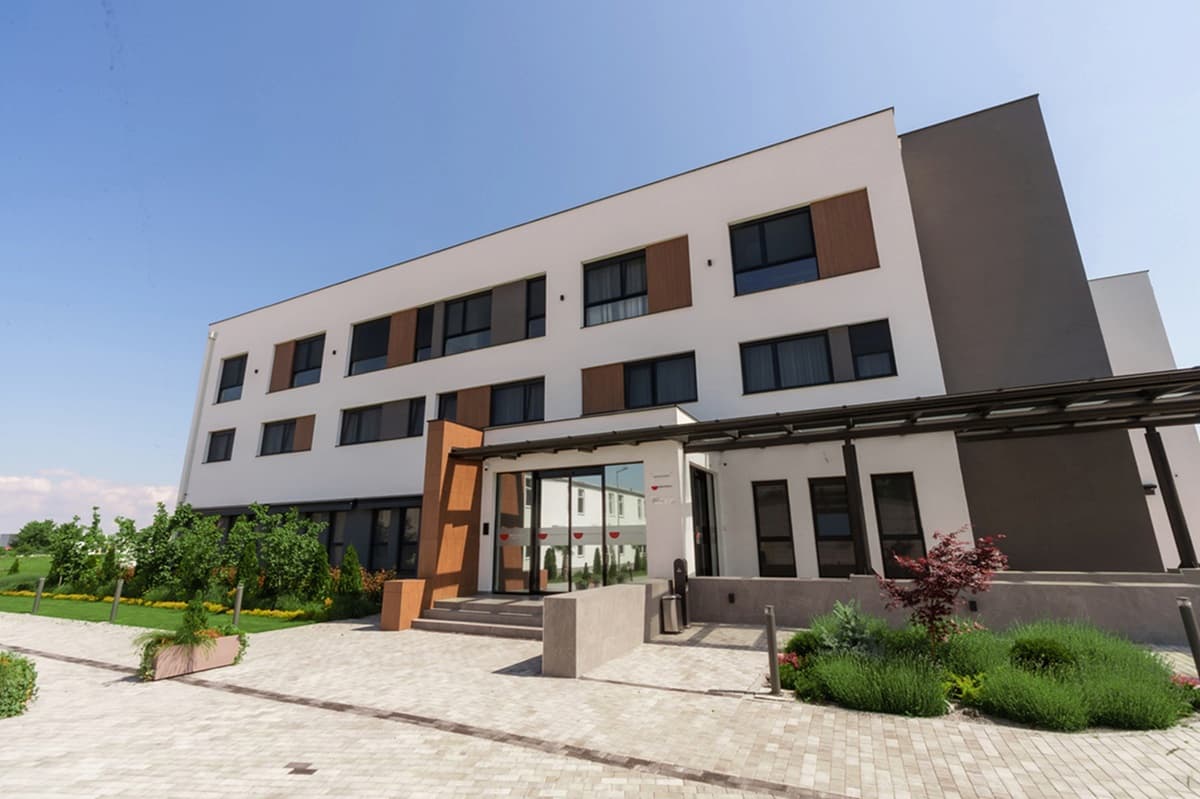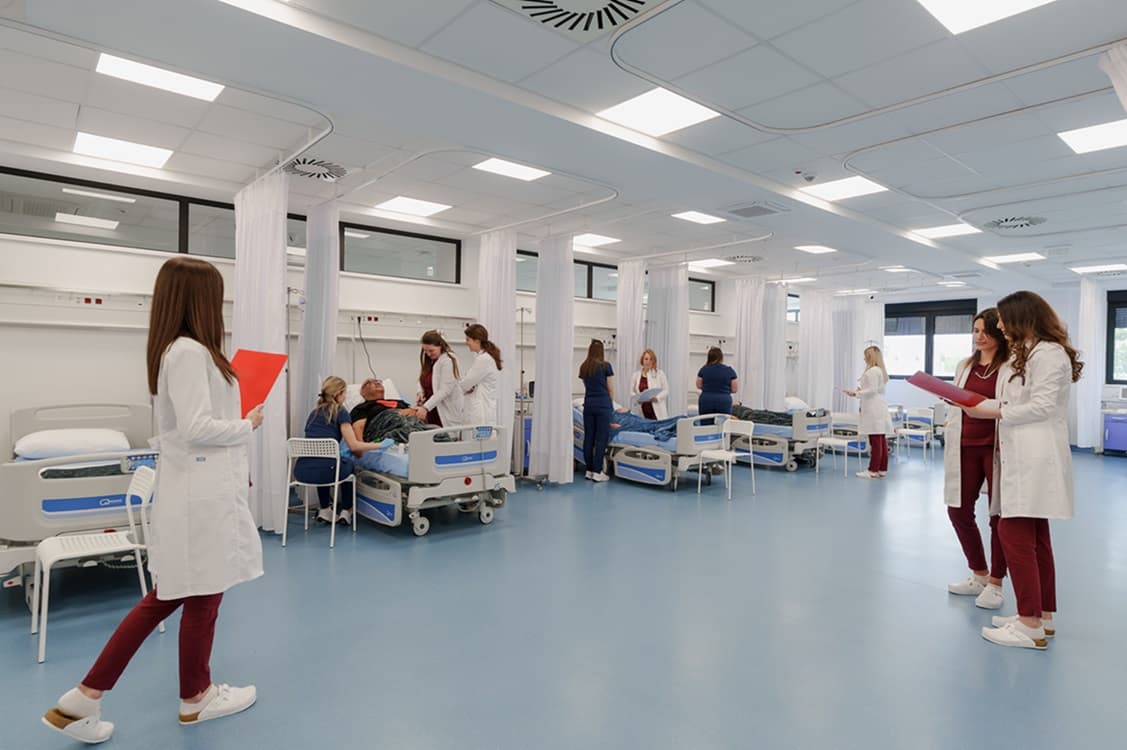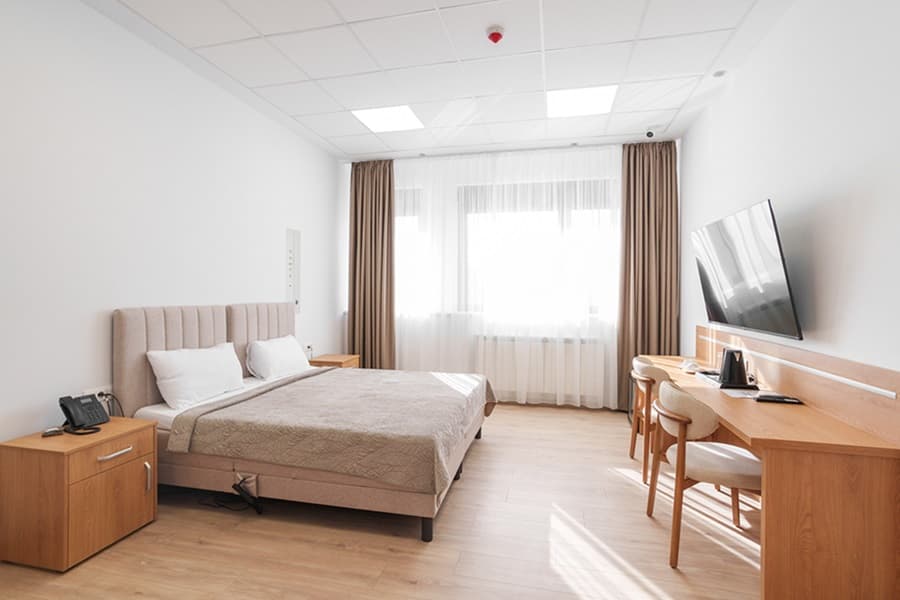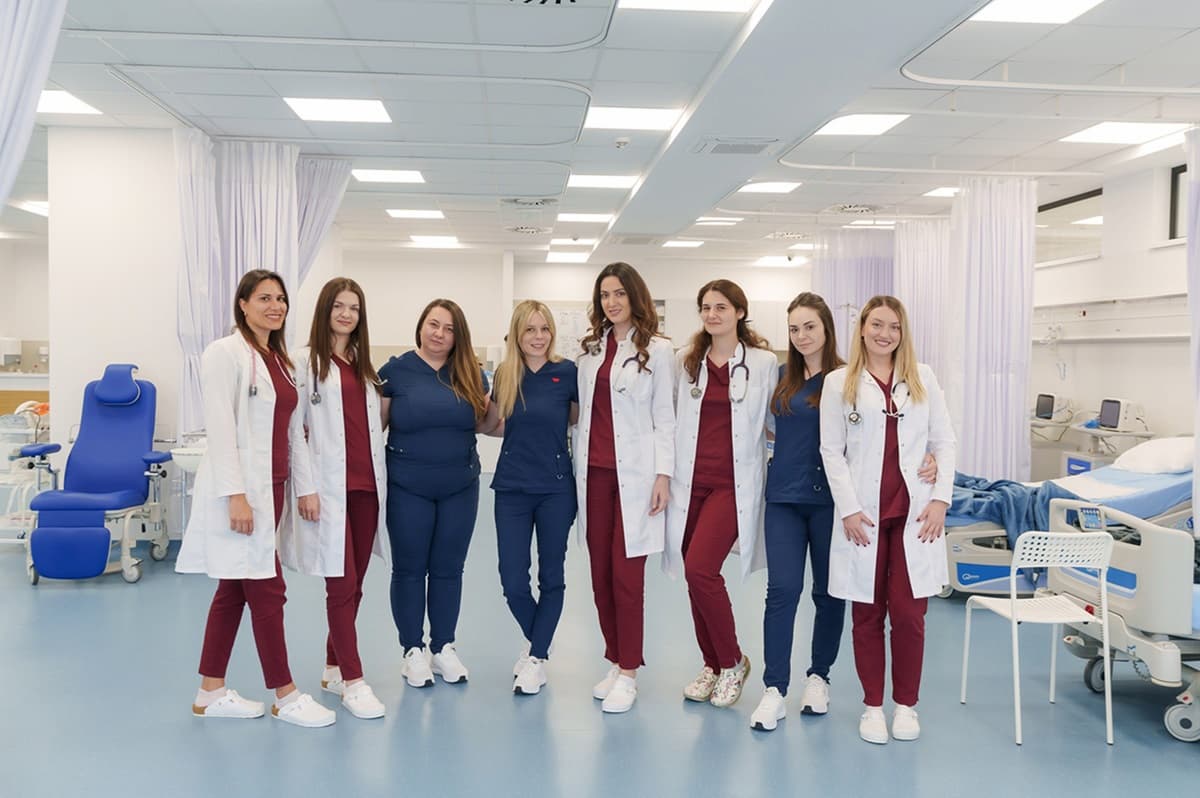Year by year, stem cell therapy is gaining recognition as a treatment option for complex and chronic conditions like multiple sclerosis, Parkinson’s disease, autism, and more. Patients worldwide now seek comprehensive clinics and evidence-based protocols, comparing clinics across Europe, the USA, Asia, and the Middle East. Dubai is one of the places that’s attracting patients’ attention.
In this article, you’ll find a clear guide to stem cell therapy in Dubai: how it’s regulated, which treatments are permitted, and how the level of regenerative medicine in Dubai compares with other countries.
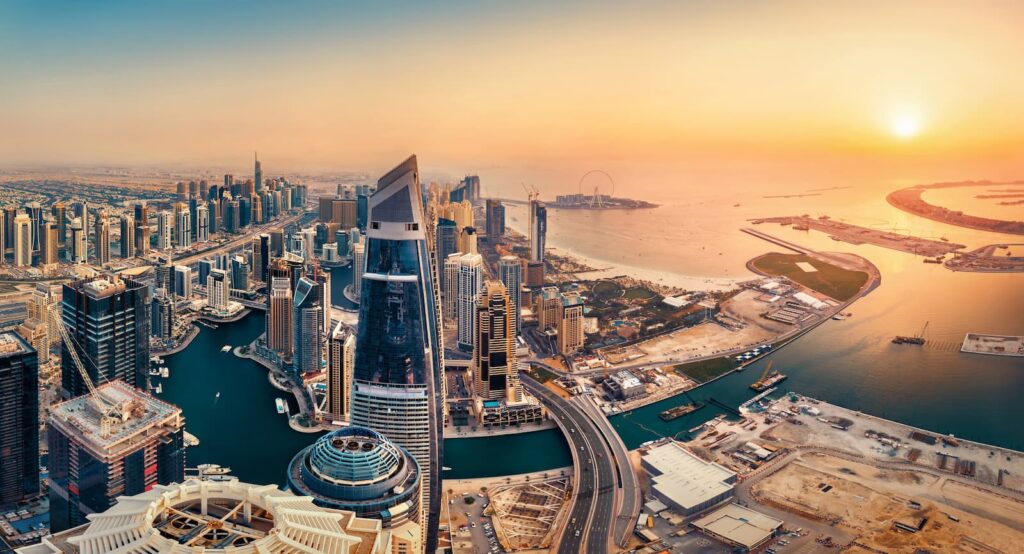
Why Stem Cell Therapy in Dubai Attracts Global Patients
Dubai has become a global center for medical tourism, offering innovative treatments like stem cell-based procedures. There are many clinics and specialized stem cell labs that deliver world-class care under strict regulatory oversight. Key reasons patients choose stem cell treatments in Dubai include:
| Factor | Details |
| Advanced treatments with oversight | Dubai provides some of the most recent innovations in stem cell therapies in the UAE, which have been approved by the Dubai Health Authority. |
| High-tech facilities | Hospitals and clinics in Dubai feature modern infrastructure comparable to top Western centers. Procedures take place in clean environments with certified laboratories. |
| Growing popularity | Interest in regenerative medicine is rapidly increasing in the UAE. Stem cell therapy in Dubai is expanding, creating a supportive ecosystem for innovation. |
Is Stem Cell Therapy Legal and Regulated in Dubai?
Stem cell therapy in Dubai is legal but tightly regulated, with oversight split between federal and emirate-level authorities.
Federal Oversight (MoHAP)
At the federal level, the Ministry of Health and Prevention (MoHAP) enforces Council Decision No. 6 of 2020 on cord blood and stem cell centers, covering storage, import/export, and clinical trial approvals. Clinical trials must follow MoHAP’s ethical standards and long-term monitoring requirements. In practice, this means unproven stem cell treatments in Dubai can only be done as formal clinical trials under federal oversight, not as routine off-the-shelf treatments.
In the Emirate of Dubai, the DHA’s Health Regulation Sector handles licensing of clinics and enforcement of standards. The DHA regulation of stem cell therapy closely follows the MoHAP framework while also adding its own guidelines:
- Clinic licensing: Any stem cell clinic in Dubai must be specifically licensed for that service by DHA. They need appropriate facilities (e.g. a cell processing lab or partnership with one) and qualified staff. The clinic’s license will explicitly list which procedures it can perform.
- International accreditation: Stem cell centers in Dubai are required to achieve recognized accreditation. For example, cord blood banks and cell therapy labs must gain accreditation from FACT, AABB, or JACIE (international cell therapy accrediting bodies) typically within 1–2 years of operation.
- HSCT procedure standards: In late 2024, DHA introduced “Standards for Clinical Hematopoietic Stem Cell Transplant (HSCT) Services,”. These rules govern bone marrow transplant units—covering everything from donor selection to infection control and long-term follow-up.
Recent Regulatory Updates (2023–2025)
Regulation of stem cell treatments in Dubai and the UAE is evolving quickly. In 2024, Abu Dhabi’s health authority introduced stricter rules for clinical use, research, and experimental treatments to ensure patient safety. Starting January 2025, Dubai also applied new standards for bone marrow transplants, reflecting a more controlled and protective environment compared to countries with looser regulations like Serbia, India, or Mexico.
Permitted vs. Restricted Stem Cell Treatments in Dubai
| ✅ Permitted | 🚫 Restricted |
| Autologous stem cells, minimally manipulated | Substantial manipulation or donor-derived (allogeneic) cells |
| Same-session use (cells taken and re-injected without culturing/expansion) | Cultured/expanded cells in lab for days |
| Examples: | Examples: |
| Adipose (fat) stem cell therapy (isolation & reinjection) | Genetically modified cells |
| PRP (platelet-rich plasma) | Donor stem cells (except matched HSCT) |
| Bone marrow concentrate | Embryonic stem cells |
Is Stem Cell Therapy Allowed in Islam?
In the UAE, stem cell therapies are generally permitted under Islamic ethics when sourced responsibly—such as from cord blood, bone marrow, or with parental consent from IVF surplus or miscarriage tissue. Creating or destroying embryos for research is forbidden. Regulations align with these principles: embryonic stem cell use is tightly restricted, while adult stem cell treatments and cord blood banking are encouraged. Islam prioritizes saving lives and treating illness, so ethically sourced stem cell therapies are considered acceptable.
What Conditions Are Officially Treated With Stem Cells in Dubai?
Dubai’s regulatory agencies have only approved stem cell therapy for a handful of specific medical uses. Here are the main categories:
| Category | Regulatory Status | Conditions & Examples | Notes |
| Hematologic Disorders | Approved |
|
|
| Orthopedic & Neurological Conditions | Only for clinical trials |
|
|
| Stem cell therapy for aging & Wellness | Experimental / Marketed |
|
|
How Stem Cell Therapy Works and How It’s Delivered
When discussing stem cell therapies, we usually focus on mesenchymal stem cells (MSCs) because they are safer, more effective, and ethically acceptable.
Stem cells can be obtained from bone marrow, fat tissue, or a donated umbilical cord and placenta, depending on the condition. Once collected, the cells are prepared if needed and then delivered either by IV infusion, direct injection into the affected area, or, in some cases, through specialized methods like intrathecal injection or topical application. The choice of delivery depends on the medical condition being treated.
After entering the body, they pass through the bloodstream and are drawn to inflamed or damaged tissues. There, they release growth factors and cytokines that:
- Guide healing cells to the injury (chemokines)
- Support cell-to-cell communication (adhesion molecules)
- Reduce inflammation and regulate immune responses
Through these signals, stem cells help repair tissue and restore function. Their activity adapts to the severity of damage and the stage of healing, making them a powerful tool for treating injuries and certain diseases.
Get a free online consultation
Learn more about stem cell mechanisms in your specific case. Book an online consultation with a regenerative specialist from Swiss Medica to get answers to all of your questions and determine whether stem cell therapy is right for you.

Medical Advisor, Swiss Medica doctor
How Much Does Stem Cell Therapy Cost in Dubai?
Prices for stem cell therapy in Dubai are higher than in other countries due to stricter regulations and higher operating costs.
| Treatment Type | Typical Price for Stem Cell Therapies in Dubai | Examples & Notes |
| Minor Procedures (facials, small joint injection) | AED 1,500–4,150 (~USD 400–1,100) | One-time PRP facials, tendon/joint PRP or stem cell shots; uses patient’s own cells, processed on-site. |
| Comprehensive Therapies (IV infusions, inpatient care) | USD 11,000–16,000 (~AED 40,000–60,000) | Full IV infusion programs for systemic or chronic conditions (e.g., stem cell and autism); often include consultation, lab-prepared cells, procedure, and follow-up. |
| HSCT (Bone Marrow Transplant) | USD 50,000+ (varies widely) | Complex procedure in stem cell hospitals in Dubai for blood cancers/immune disorders; heavily subsidized or covered for UAE residents; expats/medical tourists may pay full stem cell therapy cost in Dubai including a long hospital stay. |
What Makes Stem Cell Clinics in Dubai Expensive?
Here are several factors that contribute to the price for stem cell therapy in Dubai:
- Strict quality standards—GMP-grade labs, advanced equipment, constant testing, highly trained staff.
- Medical tourism services—concierge support, luxury accommodation, translators, coordinators.
- High UAE healthcare overhead—staff salaries, facility costs, insurance, and rising private healthcare prices.
- Limited competition—few licensed clinics often means less price variation.
Challenges and Limitations in Dubai
Dubai offers an appealing mix of modern care and safety, but it’s not without drawbacks. Patients should be aware of some stem cell tourism risks in the UAE:
- High stem cell therapy costs in Dubai compared to other regions. As discussed, treatment in Dubai can be significantly more expensive than in countries like India, Mexico, or Serbia. The luxurious medical facilities and strict compliance overhead drive up prices. This means some patients simply cannot afford repeat treatments or long-term therapy in Dubai.
- Limited approved indications. Dubai’s regulators (DHA, DoH, MoHAP) currently allow stem cells for clinics in Dubai for only a few well-established uses—mainly HSCT for blood cancers and certain orthopedic/cosmetic procedures. Patients with conditions like autism, spinal cord injury, or Alzheimer’s will not find authorized stem cell options in Dubai clinics.
- Strict but fragmented oversight. The UAE’s healthcare system is split by emirate—for example, Dubai (DHA) and Abu Dhabi (DoH) have slightly different regulations. This can create confusion. A treatment allowed in an Abu Dhabi hospital under DoH rules might not yet be allowed in Dubai, and vice versa. Patients must navigate these local differences.
Comparing Global Options: Where Is the Best Country for Stem Cell Treatment?
If you’re considering stem cell therapy for yourself or your loved ones, you’ve likely come across providers in various countries—from India to Mexico, Serbia, the USA, and more. “Best” is subjective and depends on what you prioritize (stem cell injection cost, safety, specific expertise, etc.). However, there are universal criteria you should look for when choosing a stem cell clinic anywhere in the world.
What Makes a Trusted Stem Cell Clinic Anywhere in the World?
Regardless of location, a reputable stem cell treatment center should meet the following benchmarks:
- Licenses and certifications. The clinic must have proper licensing by the national health authorities to perform the specific stem cell procedures it offers.
- Qualified medical teams. Evaluate the experience of the doctors at the clinic. Stem cell therapy is a specialized field; it should be led by specialists in regenerative medicine.
- Patient testimonials and realistic outcomes. Patient reviews can offer insight into a clinic’s track record. Look for consistent positive feedback, especially from patients with similar conditions. More importantly, gauge whether the clinic sets realistic expectations.
Beware of any provider that guarantees a cure or 100% success—medicine simply doesn’t work that way. Legitimate centers might say something like, “About 60% of our past MS patients showed functional improvement of varying degrees, 30% remained stable, 10% saw no change.” They won’t say, “We guarantee 100% cure.”
Here’s an example of what patients at Swiss Medica say in their reviews.
“When my father was diagnosed with Parkinson’s, we watched him slowly lose his independence. Medications only filled him with pills while his condition kept getting worse—his posture bent, his movements slowed, and he needed help with nearly everything. It was heartbreaking to see such an active man become so dependent.
Coming to Swiss Medica changed everything. From the very first days, we saw improvements—his posture became straighter, and he started walking with more confidence. The physiotherapy and attentive care gave us hope we hadn’t felt in years.”
— Patient from the Czech Republic
Why Patients Look Beyond India and Mexico
Two very popular destinations for stem cell tourism have been India and Mexico, often due to their lower costs making them the cheapest countries for stem cell treatment. However, it’s important to weigh the risks and uncertainties that come with those options and consider other countries:
- Regulatory gray zones.
India and Mexico both have regulations on paper, but enforcement has historically been inconsistent. In India, the national guidelines specify that stem cell therapy for autism should only be done in approved clinical trials (not as routine therapy). In Mexico, the authorities (COFEPRIS) have been working on a comprehensive regulation (NOM-260 for cell therapies), but it’s still in the authorization process and not fully implemented. Meanwhile, many private clinics operate without transparent licenses. - Clinic Variability.
With looser oversight comes greater variability in protocols and quality. In India and Mexico, you’ll find one clinic using umbilical cord MSCs intravenously, another using neural stem cells via spinal injections, another using a mix of stem cells and growth factors—all for the same condition, with little standardization. The source of cells can also differ (some use patient’s own bone marrow, others use donor cells from unknown labs). For patients, it’s challenging to verify what you are actually getting. - Risk of Misleading Marketing.
Some clinics have outright advertised “cures”. This can mislead patients and create the illusion that they will heal quickly and completely. Regulators in India have repeatedly warned doctors not to promote unproven uses, but enforcement is lax. Mexico too has had clinics whose marketing promises exceeded their evidence. Always approach miracle claims with skepticism. - Follow-Up Gaps.
Another issue is the lack of structured follow-up care once patients return home. You might spend 2 weeks in a foreign clinic, get cell infusions, then fly back. What if you have questions or delayed side effects after 3 months? Many overseas clinics don’t have the capacity to coordinate your ongoing aftercare. Plus, necessary rehabilitation therapies (physio, occupational therapy, etc.) after the stem cell treatment might not be arranged for you. In short, patients could be on their own post-treatment.
Why Serbia’s Swiss Medica Is a Safer Choice
One option gaining attention for those seeking stem cell therapy abroad is Swiss Medica clinic in Serbia. Serbia might not have been on your radar, but it has become a hub for regenerative therapy with European oversight. Swiss Medica, in particular, has built a reputation for quality care. Here’s why it stands out:
Evidence-Based Protocols & European Standards
- We follow European medical standards and ethical guidelines. The clinic’s protocols are designed in line with European medical standards and strict ethical guidelines. We have official approval from the Serbian Ministry of Health and are regularly checked for procedures offered.
- Our laboratory enables us to use the highest quality stem cells. It is GMP-certified, which allows us to provide individualized protocols that have been reviewed by medical specialists and are compliant with European safety standards.
- Our medical team continually monitors patient outcomes and updates treatment protocols based on the latest research. Swiss Medica doctors in Serbia have more than 14 years of experience and have helped over 10,000 patients with complex conditions ranging from autism to stem cell treatments for MS (multiple sclerosis).
- We do not accept everyone for procedures and have a clear patient selection process—we will only recommend stem cell therapy if we are confident you are a suitable candidate who will benefit from the procedure.
Transparent Pricing
- We offer transparent pricing and package options. During the initial consultation, patients will get a detailed price for the recommended treatment plan. Our prices range between €7,000 and €31,000*, depending on the condition and number of sessions required.
- There are no hidden costs; we frequently include airport transfers, translation services, and comfortable accommodation in our hospital.
*Prices are indicative, based on January 2025, and may vary with condition severity and cell quantity required.
Complex Programs & Follow-Up
We don’t just discharge patients after an injection. Our programs may include additional procedures such as physiotherapy or IMR therapy, nutritional meals during your stay, and structured follow-up. Our doctors stay in touch for 3–6 months to monitor progress and adjust care as needed.
Swiss Medica’s hospital is a large medical center with its own lab, patient-friendly accommodations, and a large area to make you feel like you’re on a luxury vacation.
Since 2011, we’ve treated over 10,000 patients with autism, Parkinson’s, multiple sclerosis, and other complex conditions, with an 80% success rate. Here’s what patients say about their experiences with us:
“I was diagnosed with multiple sclerosis back in 2013, but for the first nine years I lived almost normally. Four years ago everything changed—it progressed into secondary progressive MS, and I lost so much: my job, my hobbies, even my independence. Out of frustration with my health system, I searched online and found Swiss Medica in Belgrade.
From the first call, everything moved quickly and smoothly. The staff answered all my questions, arranged everything within a month, and welcomed me with competence and kindness. After stem cell therapy, I started to see real changes: my right foot, which always turned inward when I walked, is now straight. That alone feels amazing. Aside from that, I began to feel stronger and more in control of my muscles.”
— A patient from Denmark
Contact us
Schedule a free online consultation with our medical advisor to learn more about the options and benefits of stem cell therapy for your specific case. We offer only honest answers, with no pressure or obligation.

Medical Advisor, Swiss Medica doctor
Frequently Asked Questions
1. Is stem cell therapy legal in Dubai and the UAE?
Yes, it is legal when done in licensed clinics for approved uses like hematological conditions, but unlicensed or unproven treatments are not allowed (e.g., stem cell therapies for knees in Dubai).
2. What types of stem cells are used in Dubai’s therapies?
Clinics use ethically sourced mesenchymal stem cells (from bone marrow, fat, cord, or placenta), while embryonic stem cells are prohibited.
3. Is stem cell therapy safe? What are the risks?
Therapies using MSCs are generally safe, though mild side effects can occur, and risks increase with unregulated treatments.
4. Does insurance cover stem cell therapy?
Insurance usually covers only HSCT for cancers, not elective or experimental therapies, so most patients pay out-of-pocket.
List of References:
Wang, Y., Yi, H. & Song, Y. The safety of MSC therapy over the past 15 years: a meta-analysis. Stem Cell Res Ther 12, 545 (2021). https://doi.org/10.1186/s13287-021-02609-x
Xuan, X., Tian, C., Zhao, M. et al. Mesenchymal stem cells in cancer progression and anticancer therapeutic resistance. Cancer Cell Int 21, 595 (2021). https://doi.org/10.1186/s12935-021-02300-4
MD, Pediatrician, Regenerative Medicine Specialist
